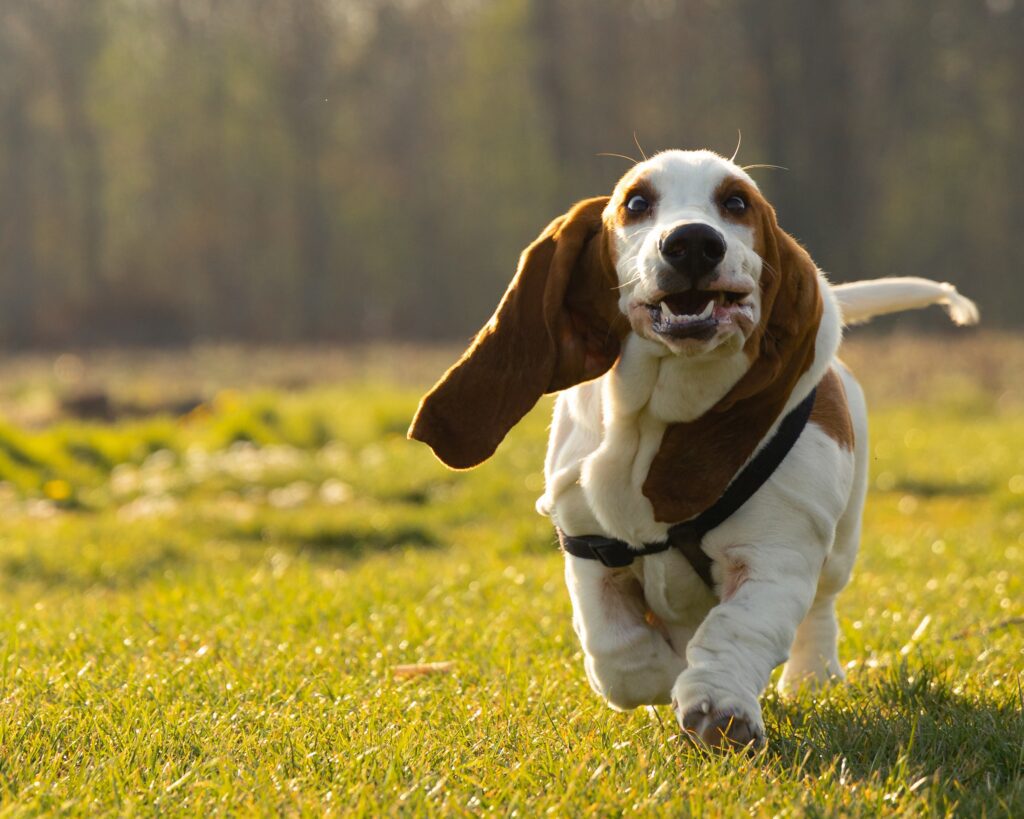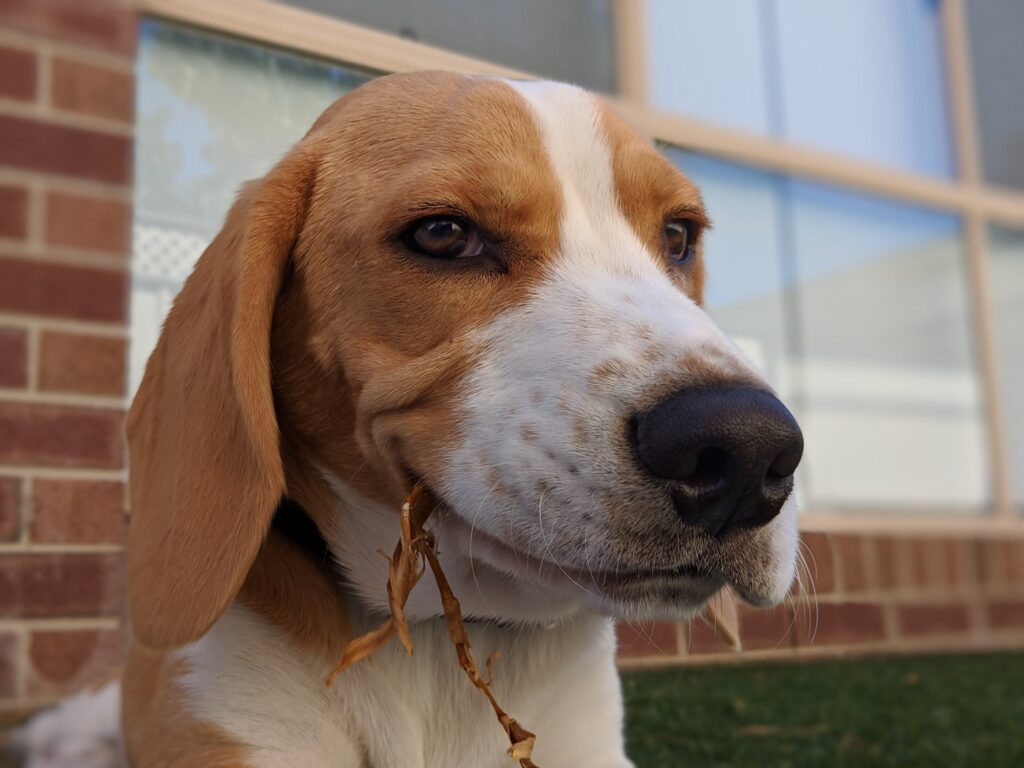The Evolutionary Advantage Of Long Floppy Ears In Scent Hounds
Scent hounds, such as the Bloodhound, Basset Hound, and Coonhound, are renowned for their exceptional olfactory abilities, which allow them to track scents over vast distances and locate hidden objects or individuals with remarkable accuracy.

One distinctive feature shared by many scent hounds is their long, floppy ears, and these seemingly disproportionate appendages serve a crucial purpose in enhancing their extraordinary sense of smell.
The primary function of the long, droopy ears in scent hounds is to aid their scent-tracking capabilities. As these dogs follow a scent trail, their ears play a pivotal role in channeling scent molecules towards their highly developed olfactory receptors.
The large surface area of the ears helps capture and funnel scent particles towards the nose, effectively intensifying the hound’s ability to discern and distinguish different scents. Additionally, the drooping nature of the ears creates a sort of barrier around the nose, preventing the scent from dispersing and allowing the dog to focus on the specific direction of the scent trail.
The ears also serve as a mechanism to shield the sensitive olfactory organs from environmental elements. When scent hounds are navigating through underbrush, thick vegetation, or uneven terrains, their long ears provide protection against debris, dust, and other potential irritants that could interfere with their sense of smell.

This protective function ensures that the dog’s scent receptors remain unhindered, allowing them to concentrate solely on deciphering the intricate scent patterns.
In essence, the evolution of long, floppy ears in scent hounds is a remarkable adaptation that enhances their prowess as skilled trackers. These specialized ears work in tandem with their acute sense of smell, enabling scent hounds to excel in various tasks, from search and rescue missions to hunting pursuits.
